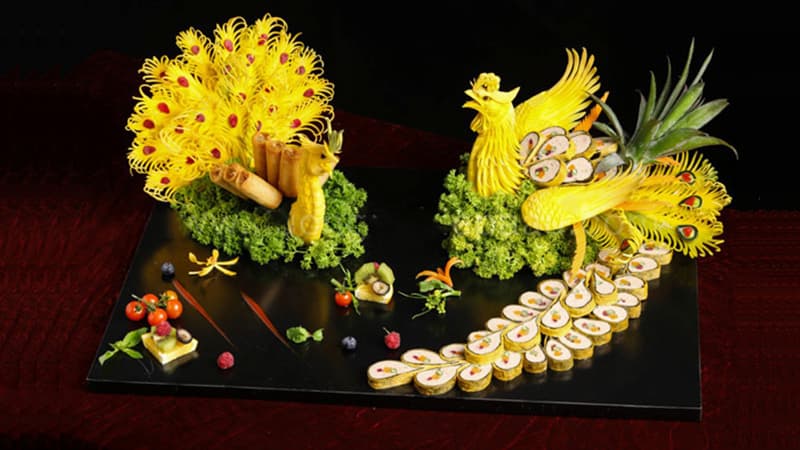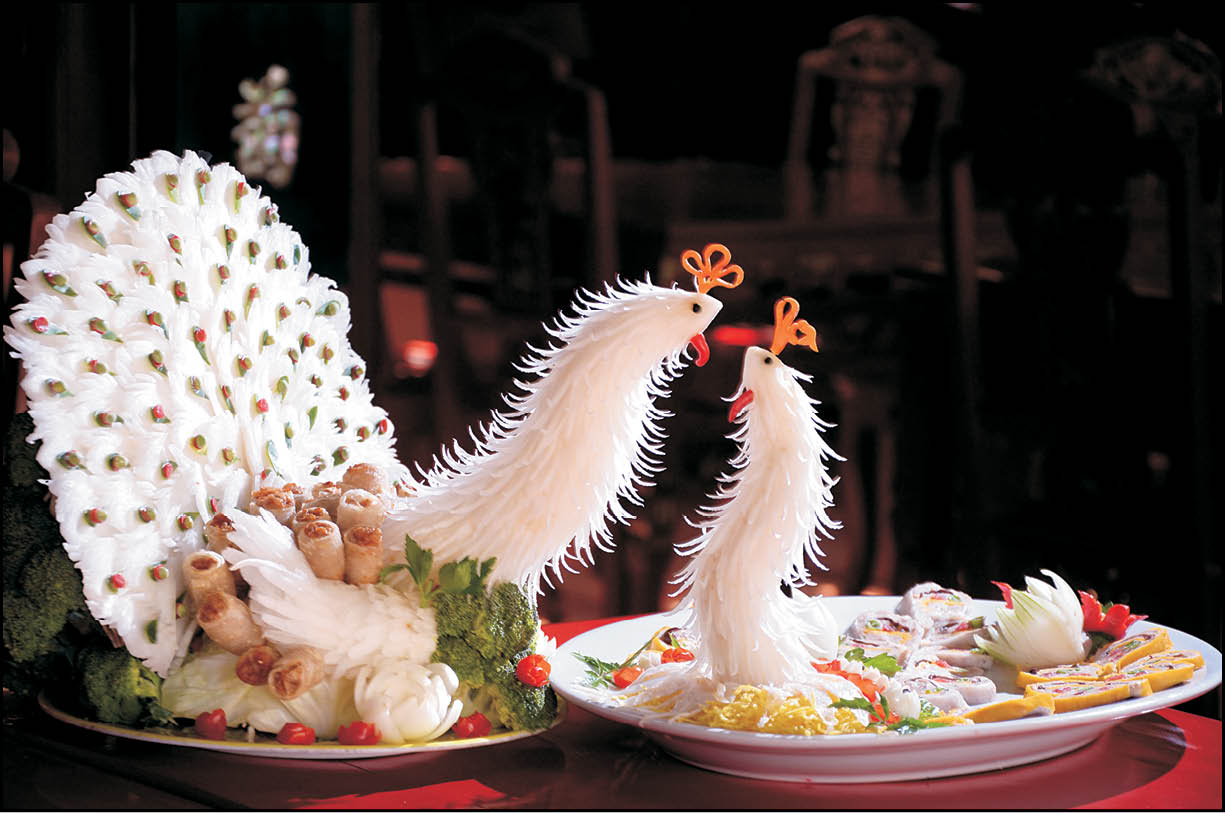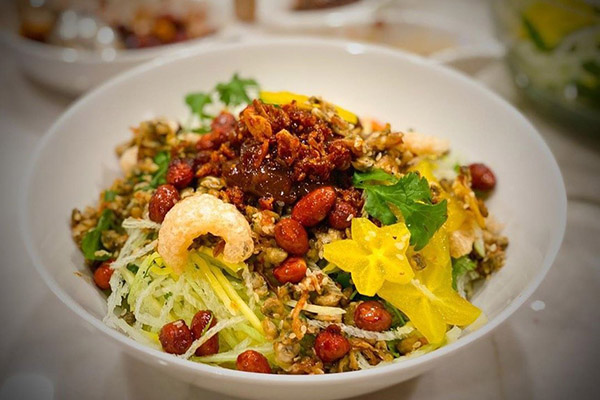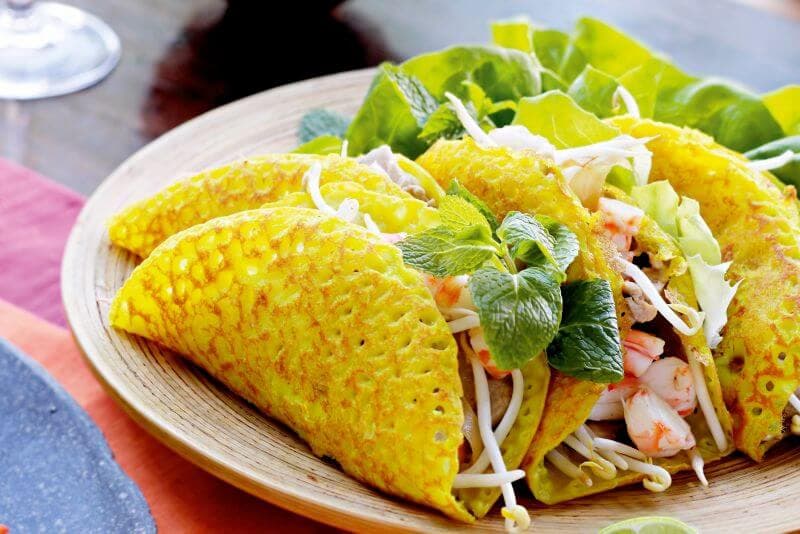Nestled along the banks of the Perfume River, Hue, the former imperial capital of Vietnam, holds a rich culinary heritage that traces back to the Nguyen Dynasty. While modern Vietnamese cuisine is celebrated worldwide, Hue’s royal cuisine remains an overlooked treasure, offering a glimpse into the lavish feasts once reserved for emperors and their courtiers.
Hue’s imperial dishes go beyond mere meals. They are edible art, blending meticulous preparation, delicate flavors, and cultural significance. From savory delicacies to intricate desserts, these forgotten recipes tell stories of Vietnam’s royal past and the traditions that shaped its gastronomic identity.
In this guide, we’ll explore the unique characteristics of Hue’s royal cuisine, its historical significance, and where you can still savor these timeless dishes in the city today.
What Makes Hue’s Royal Cuisine Special?
Historical Roots:
Originating from the Nguyen Dynasty (1802–1945), Hue’s royal cuisine was designed to impress with both taste and presentation. The emperor’s court employed the finest chefs from across the region, who dedicated their lives to mastering complex techniques. Meals were not only to satisfy hunger but also to convey the emperor’s power and sophistication. Each dish was carefully selected to represent balance, harmony, and symbolism.

One well-known example is the Nem Công Chả Phượng (Phoenix and Peacock Spring Rolls), which was often served at royal banquets. The dish’s intricate presentation, featuring delicately carved vegetables to resemble mythical birds, demonstrated the chef’s skill and the emperor’s wealth.
Complex Techniques:
Each dish often required hours of preparation, combining fresh ingredients with precise culinary methods. For instance, Bánh Bột Lọc (Tapioca Dumplings) are made by hand, with chefs carefully wrapping shrimp and pork in translucent tapioca dough before steaming or boiling them to perfection.
Artistic Presentation:
Dishes were adorned with decorative carvings and vibrant colors, reflecting the aesthetics of the imperial court. Chefs would carve vegetables into flowers or animals, turning the dining table into a visual masterpiece. It was common to see plates resembling miniature gardens, with food arranged like blooming lotus flowers or flowing rivers.
Balance of Flavors:
Hue’s cuisine balances the five elements—spicy, sour, salty, sweet, and bitter—symbolizing harmony in life and nature. This balance is particularly evident in Cơm Hến (Clam Rice), where the combination of fresh herbs, chili, and crunchy pork cracklings creates a symphony of flavors that delights the palate.
Must-Try Imperial Dishes
1. Bánh Bột Lọc (Tapioca Dumplings)
Delicate translucent dumplings stuffed with shrimp and pork, often wrapped in banana leaves. These chewy, savory bites are a testament to the skill required to balance texture and flavor.

Where to Try: Bánh Bột Lọc Bà Cư is a local favorite, serving handmade dumplings that melt in your mouth.
2. Nem Công Chả Phượng (Phoenix and Peacock Spring Rolls)
A legendary dish symbolizing wealth and prosperity, featuring intricately arranged spring rolls. This dish was once a highlight of royal banquets, designed to impress both visually and gastronomically.

Where to Try: While few places replicate the full splendor of this dish, you can find interpretations at Cung Đình Restaurant, which specializes in royal-style dining experiences.
3. Chè Sen (Lotus Seed Sweet Soup)
A light, fragrant dessert made with lotus seeds, reflecting the region’s Buddhist influences. This dish was often served to help the emperor relax and sleep better.

Where to Try: Visit this small shop in an alley on Hung Vuong street for an authentic bowl of Chè Sen.
4. Cơm Hến (Clam Rice)
A humble yet flavorful dish made with small clams, rice, herbs, and crispy pork cracklings. Originally a commoner’s dish, it became a royal favorite for its refreshing combination of flavors.

Where to Try: Cơm Hến Hoa Đông is one of the oldest and most famous eateries serving this dish in Hue.
5. Bánh Khoái (Hue-style Savory Pancake)
A crisp, golden pancake filled with shrimp, pork, and bean sprouts, served with peanut sauce. This dish represents the imperial court’s adaptation of common street food into something refined.

Where to Try: Head to Hanh Restaurant for one of the best versions of Bánh Khoái in the city.
Conclusion
Hue’s forgotten royal cuisine is more than just food—it’s a window into Vietnam’s rich history and cultural refinement. Whether you’re a foodie or a history enthusiast, tasting these imperial dishes is a journey back in time, revealing the artistry and sophistication of a bygone era.
For a deeper immersion into Hue’s history, cuisine, and hidden gems, let’s join our Next Continent Hue Imperial City Tour. This curated experience combines historical exploration, culinary delights, photography spots, and beyond!




